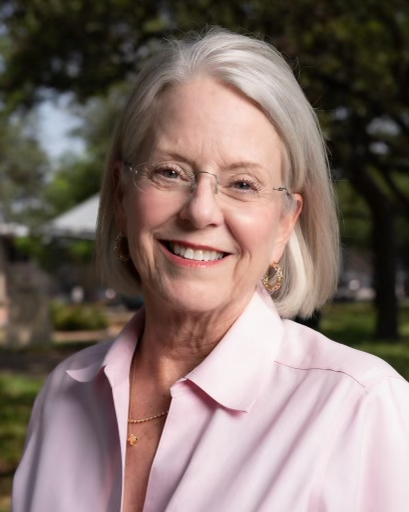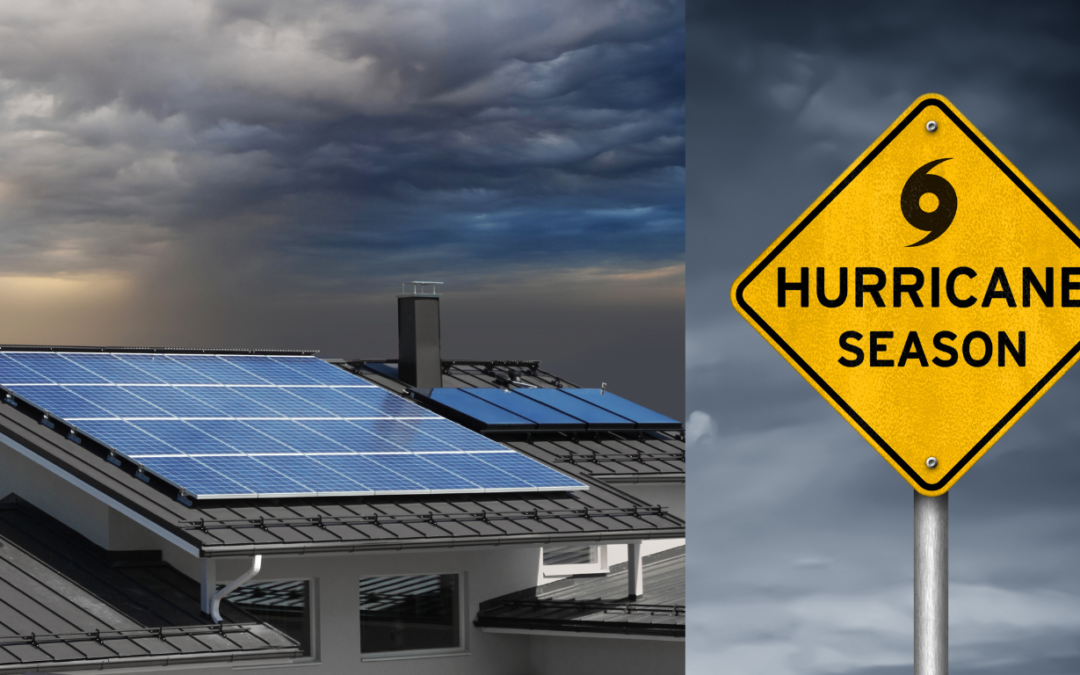
by Patrice “Pete” Parsons, TXSES Executive Director
The devastation caused by Hurricane Beryl this summer left millions of Texans reeling, including nearly 3 million in the Houston area who were without power in 100+ degree temperatures, with many still out weeks afterwards. Throughout the outage, one thing became crystal clear: localized distributed energy resources (DER), particularly solar with storage, saved the day—for those who had it.
Several of our Business Members who work in the Houston area have shared the experiences of their customers with solar and storage post-Beryl in the media. They were able to keep the power on, including AC, for the entire time the rest of the city was out. Many were able to help their neighbors, to boot. (See links to articles about them in the August 2024 Solar Report.)
The severity of the storm’s aftermath led Lt. Gov. Dan Patrick to quickly announce the creation of a Senate Special Committee on Hurricane and Tropical Storm Preparedness, Recovery, and Electricity in mid-July, to investigate why electric utility companies (mainly CenterPoint Energy) were unable to restore power in a timely manner following Beryl. In addition, the City of Houston is now adding the new post of Resiliency Director to its Resilience & Sustainability Office in order to focus on better storm response. We hope that solar and DER will be given their due in these responses.
The federal Energy Information Administration ranks Texas third in the U.S. for small-scale solar electricity generation (less than 1 megawatt), after California and Arizona, however, Texas ranks 20th when considering per-capita. This means there is plenty of room for growth. As more homeowners consider adding energy backup services, such as solar batteries and generators, to their homes in response to weather-related grid instability, they may find that upfront costs are vastly different. However, once fuel, maintenance, and other considerations are taken into account, they become much more comparable in cost. See TXSES intern Mohammad Alkhatib’s report for more details.
TXSES has also just released, “Texas Grid Reliability: 2022 Interruption Cost Analysis,” a report that analyzes the economic impact of these grid service interruptions caused by the extreme weather we are having across Texas. Our research team found that in 2022, such interruptions cost the Texas economy an estimated $6.97 billion. Their findings are based on data from 68 Transmission and Distribution Utilities (TDUs) and aim to provide actionable insights and drive necessary grid reforms.
Our reports, and others, find that distributed solar has become increasingly vital in the last few years as these challenges arise more and more often, threatening the stability of the Texas grid. In fact, this month alone, solar has already contributed up to 25% of the daily power used by ERCOT and has so far prevented the rolling brownouts that ERCOT had warned could happen in August.

